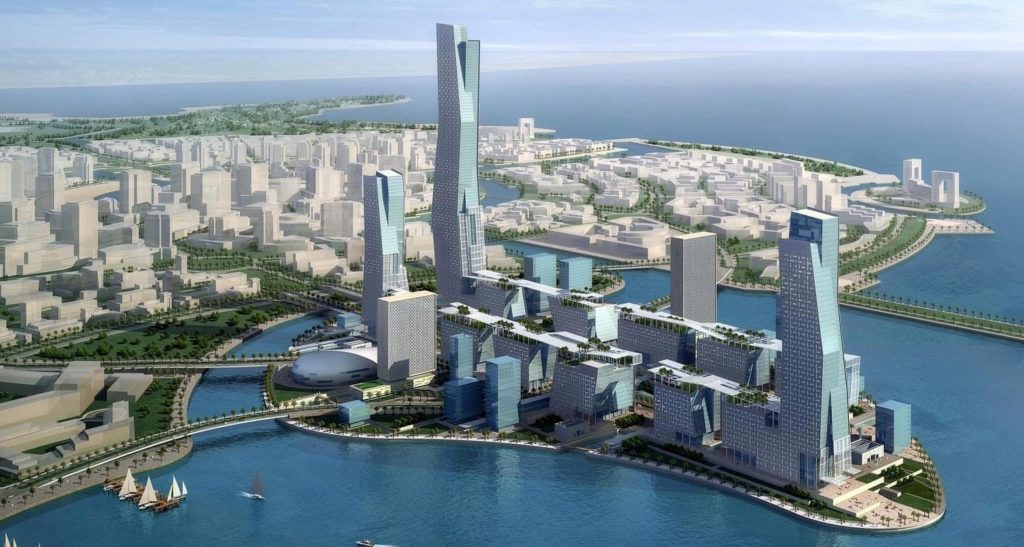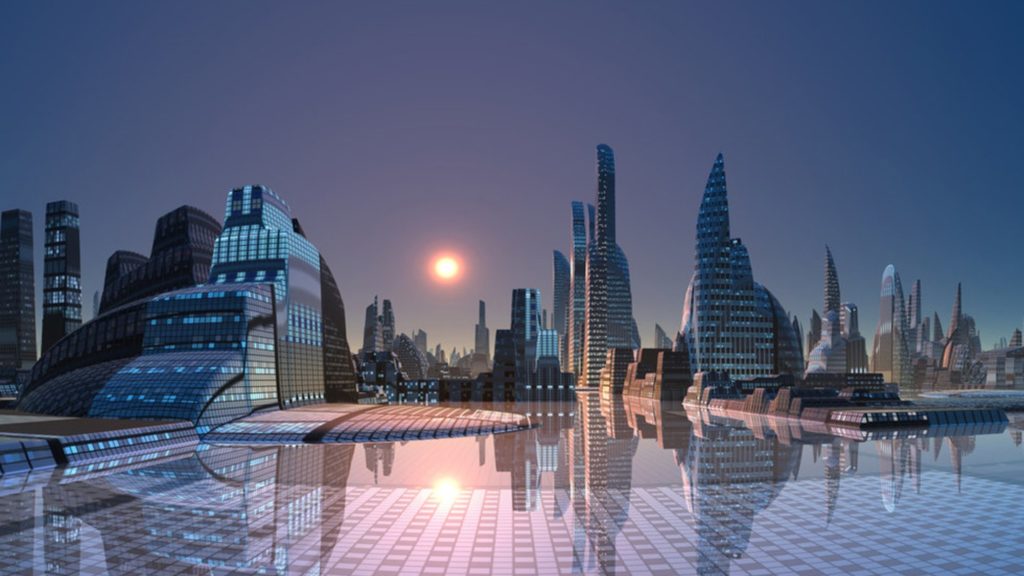With an artificial moon and flying taxis, NEOM has been billed as humanity’s next chapter. In this post, we will tell you about NEOM City Saudi Arabia.
Table of Contents
ToggleNEOM City Saudi Arabia
Mohammed bin Salman crown prince and chairman of the NEOM company board of directors has announced plans to build a 100-mile-long linear city without cars and streets and built around nature. The line will be a revolution in urban living which is developed as part of NEOM. It is a planned 500 billion dollar cross-border city in the Tabuk province of northwestern Saudi Arabia which will incorporate smart technologies.
Bordering Countries
The site near the red sea will have borders of Egypt, Israel, and Jordan. The line will be a home for more than one million people from all over the world and will connect four distinctive ecologies: Coastal, coastal desert, mountain, and upper valley
Energy Resources
A press release stated that all energy in NEOM will be 100% renewable from solar, wind, and hydrogen-based power generation ensuring clean and pollution-free urban environments Mohammed bin Salman said that the line is the first time in 150 years that a major urban development will be designed around people, not roads.
Walkability
Walkability will define the line which will consist of all essential daily services such as schools medical clinics, leisure facilities as well as green spaces and all communities will be able to access them within a five-minute walk.

Nature Preservation
The line will be comprised of a 170 kilometers belt of hyper-connected future communities. It will have no cars or streets and will preserve 95 percent of nature with its zero carbon emission.
Resolving Humanity Challenges
The line is a direct response to some of the most pressing challenges facing humanity today such as legacy, infrastructure, pollution traffic, and human congestion, said a statement. Throughout history. cities were built to protect their citizens. After the industrial revolution, cities prioritized machines, cars, and factories over people.

Line Division
The line is divided into three levels.
Spine Level
On the third level called the spine level, there will be ultra-high-speed transit and autonomous vehicles that will make travel easier and allow residents to reclaim time to spend on health and well-being. It is expected no journey will be longer than 20 minutes.
Service Layer
The second level called the service layer will contain all daily service facilities such as schools, medical clinics, leisure facilities.
Pedestrian Layer
The top-level called the pedestrian layer will be dedicated to only pedestrians without cars and streets with green spaces.
Artificial Intelligence
The lines infrastructure will be powered by artificial intelligence and the developers added that communities will continuously learn predictive ways to make life easier, creating time for both residents and businesses. An estimated ninety percent of available data will be harnessed to enhance infrastructure capabilities far beyond the one percent typically utilized in existing smart cities.
Sustainability
The line will be redefining sustainability and will comprise carbon positive urban developments, powered by one hundred percent clean energy. This will provide pollution-free healthier and more sustainable environments for residents. As the statement highlights, mixed-use communities will be built around nature with city modules instead of over it.

Beginning of Construction
Construction of the line started in the first quarter of 2021. According to the developers, the line is one of the most complex and challenging infrastructure projects in the world and forms part of extensive development work already underway at NEOM.
Purpose of the Line
The line is developed as a cornerstone of Saudi Vision 2030 and an economic engine for the kingdom. It will drive diversification and aims to contribute 380000 jobs of the future and 180 billion dollars to domestic GDP by 2030. NEOM was announced in 2017 as part of Saudi Vision 2030 to develop public service sectors, diversity Saudi Arabia’s economy, and become less reliant on oil.
In 2018, British architect Norman Foster suspended his advisory role for NEOM mega-city project after the news arrived about the missing journalist Jamal Khashoggi.
Advancement
With an artificial moon and flying taxis, NEOM has been billed as humanity’s next chapter. The brainchild of crown prince Mohammed bin Salman, the new city-state of NEOM named from a combination of the Greek word for new and the Arabic term for future. It is intended to cover an area the size of Belgium at the far north of Saudi Arabia’s red sea coastline.
There has been no shortage of outlandish promises for the 500 billion dollars city-state. According to strategy documents leaked last year. The project may include a huge artificial moon glow in the dark beaches, flying drone-powered taxis, robotic butlers to clean the homes of residents, and a Jurassic park-style attraction featuring animatronic lizards. Advertising materials stress NEOM will be built on virgin land ready to be conquered with futuristic technology.
Huwaitat Tribe
Yet part of the site is the home of the Huwaitat tribe who have spanned Saudi Arabia, Jordan, and the Sinai Peninsula for generations tracing their lineage back before the founding of the Saudi state. At least, 20000 members of the tribe now face eviction due to the project with no information about where they will live in the future.
For some Saudis, the Huwaitat tribe among them NEOM, with its parallel legal system reporting directly to the king, represents an elite version of Saudi society one designed simply to shut them out. Residents and visitors to the site will probably be allowed to drink alcohol and enjoy fine dining in a futuristic version of paradise that is also set to include a vast data-gathering network including drone and facial recognition technology covering the entire city-state.
The destruction of communities on the NEOM site follows decades of tensions between the house of Assad and the tribes it has ruled over since the creation of the Saudi state in 1932. Exerting control over the land through construction projects or destruction of some heritage sites has marked this rule. In 2017 the UN condemned the kingdom’s forced demolition of the walled city of Awamiyah in the eastern Qatif region as violating human rights.
The Bottom Line- NEOM City Saudi Arabia
Construction is plowing ahead despite the challenges of the pandemic and the historic drop in the price of oil, Saudi’s primary export. The project is part of the crown prince’s flagship vision 2030 project. It is intended to diversify the economy away from oil which has sustained the kingdom since the early 20th century. Yet the funds required to see NEOM realized will inevitably require oil wealth. For cooper, NEOM is less a shining vision of the future than a grim symbol of Saudi human rights, violations underscored by the treatment of the Huwaitat tribe.
Note: Must read China’s Electro-Magnetic Pulse Weapon- Powerful Technological Advancement

